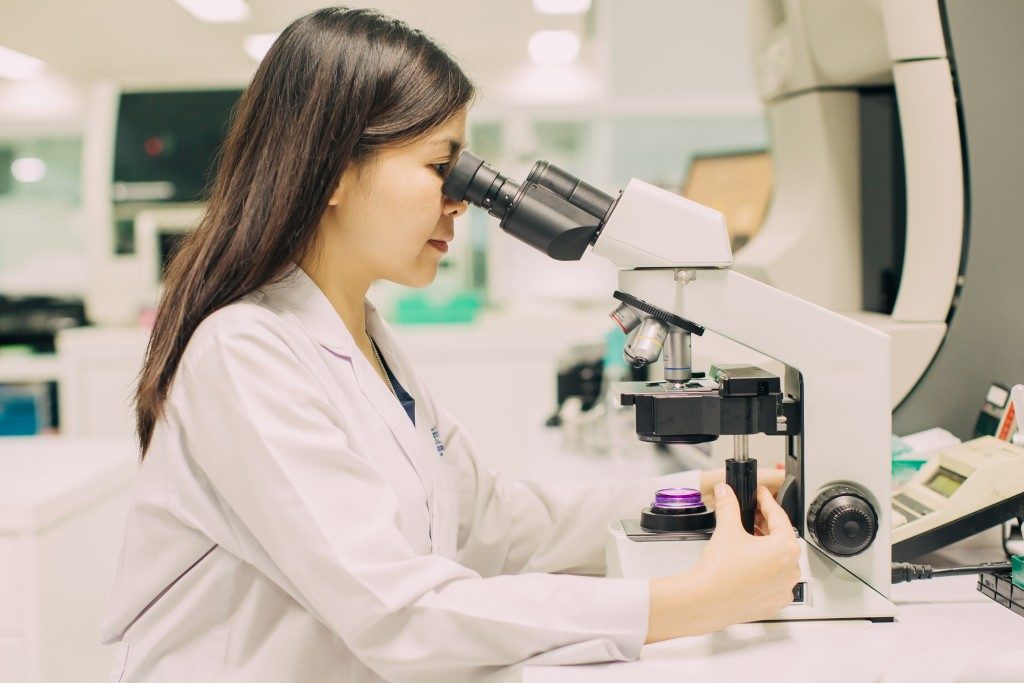Medicine is advancing at astonishing rates. New treatments for medical conditions and new cures for diseases are being discovered every day. Medical advancements come with thorough arduous research, months/years of testing, innovation through technology, and hard work, and the diligence of everyone involved.
Research and Studies

From lab work to paid and voluntary research, doctors, scientists, and researchers are getting a better understanding of the human body as well as its interactions with specific treatments and medicine. Every state has a field of research and study — except for Miami, where most of their research and trials are geared toward treating senior conditions and ailments. Research can discover new cures or treatments or improve upon existing ones. Federal regulations on clinical studies have made volunteers safer and trial results more transparent and credible. Life expectancy for individuals with coronary heart disease has reached all-time highs, mainly in part to research done on the cholesterol, blood pressure, and smoking, as well as the production of new treatment and medicine through extensive clinical trials. Clinical trials are primarily responsible for developing treatments for HIV as well as the accidental discovery of Viagra.
Incorporating Existing Technology
Advances in technology have made their way and integrated themselves in modern medicine. The use of lasers has become quite common in surgeries, especially eye surgeries, where lasers are almost exclusively used. 3D printing is being used to replicate organ models, giving doctors a clearer insight on how to proceed with operations. Custom tools and instruments are also being printed to handle delicate surgeries. From simple tooth caps to custom-made prosthetics, 3D printing has found numerous applications. The next step in 3D printing is bioprinting or the creation of actual blood vessels, skin, and real organs. Scientists have already made advancements into the creation of an artificial pancreas, and the technology is expected to be available in the next five years. Robotic surgeons are currently assisting surgeons in delicate surgeries, giving doctors close to microscopic vision and excellent control.
Breaking New Frontiers

Research into fields that were considered taboo is now being accepted. Genetically-engineered plants and animals have been around for decades, but editing the genes of actual humans (which has been purportedly done in China) is still controversial. Artificial human ears — grown from a patient’s cartilage — have been successfully created and grafted onto the patient. In Japan, scientists have been given the green light on their efforts to grow human organs in animals. While the process is still controversial, it could advance medicine by leaps and bounds and extend the human life expectancy beyond its years. The U.S. and the UK have more advanced research into creating human-animal hybrids, but existing regulations require the destruction of resulting embryos within 14 days.
Research, technology, and pushing the limits of what is acceptable have advanced medicine by leaps and bounds. As doctors and scientists continue their endeavors in advancing science, life expectancy continues to reach new heights, but that itself leads to a whole new range of problems.




